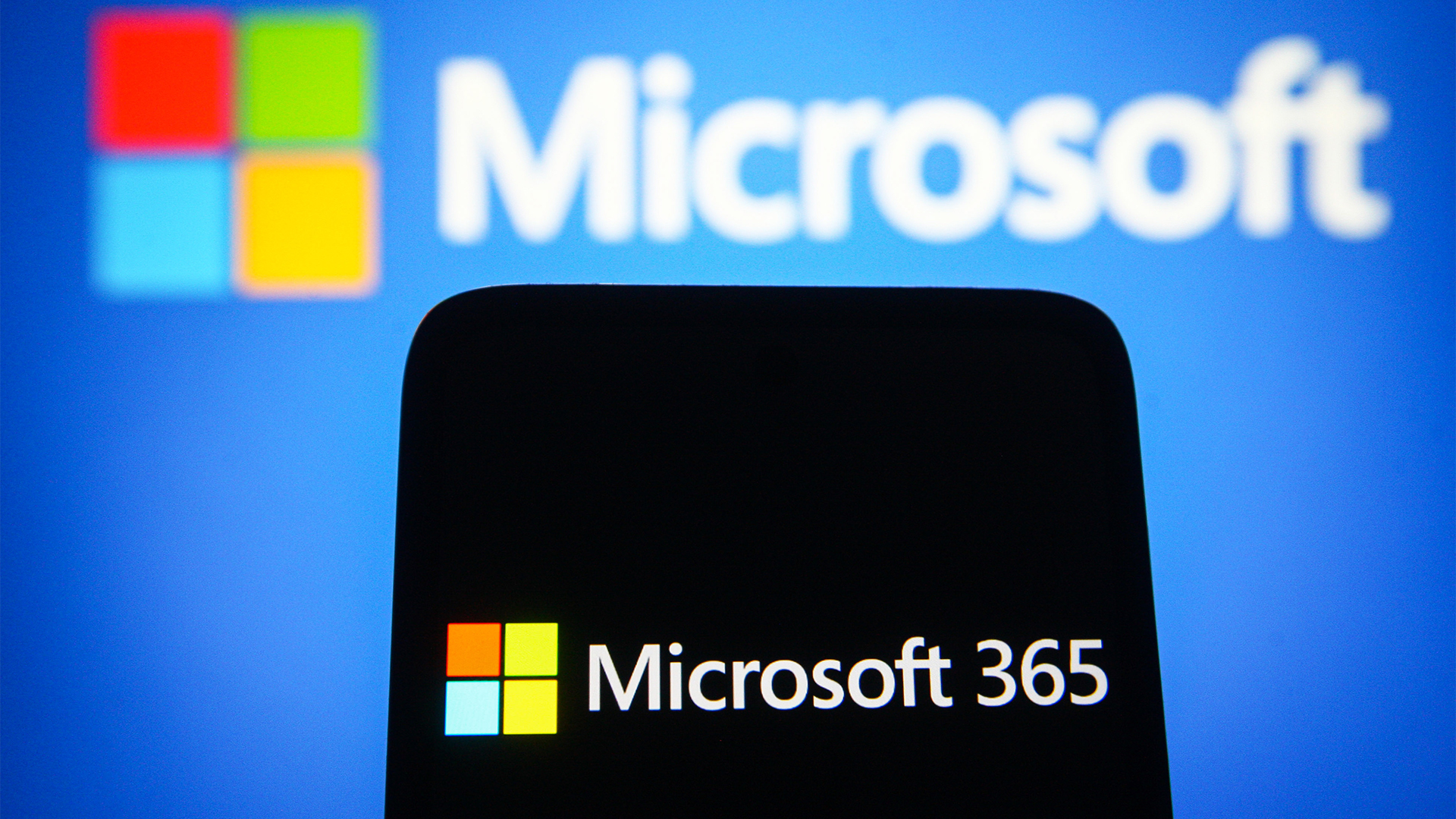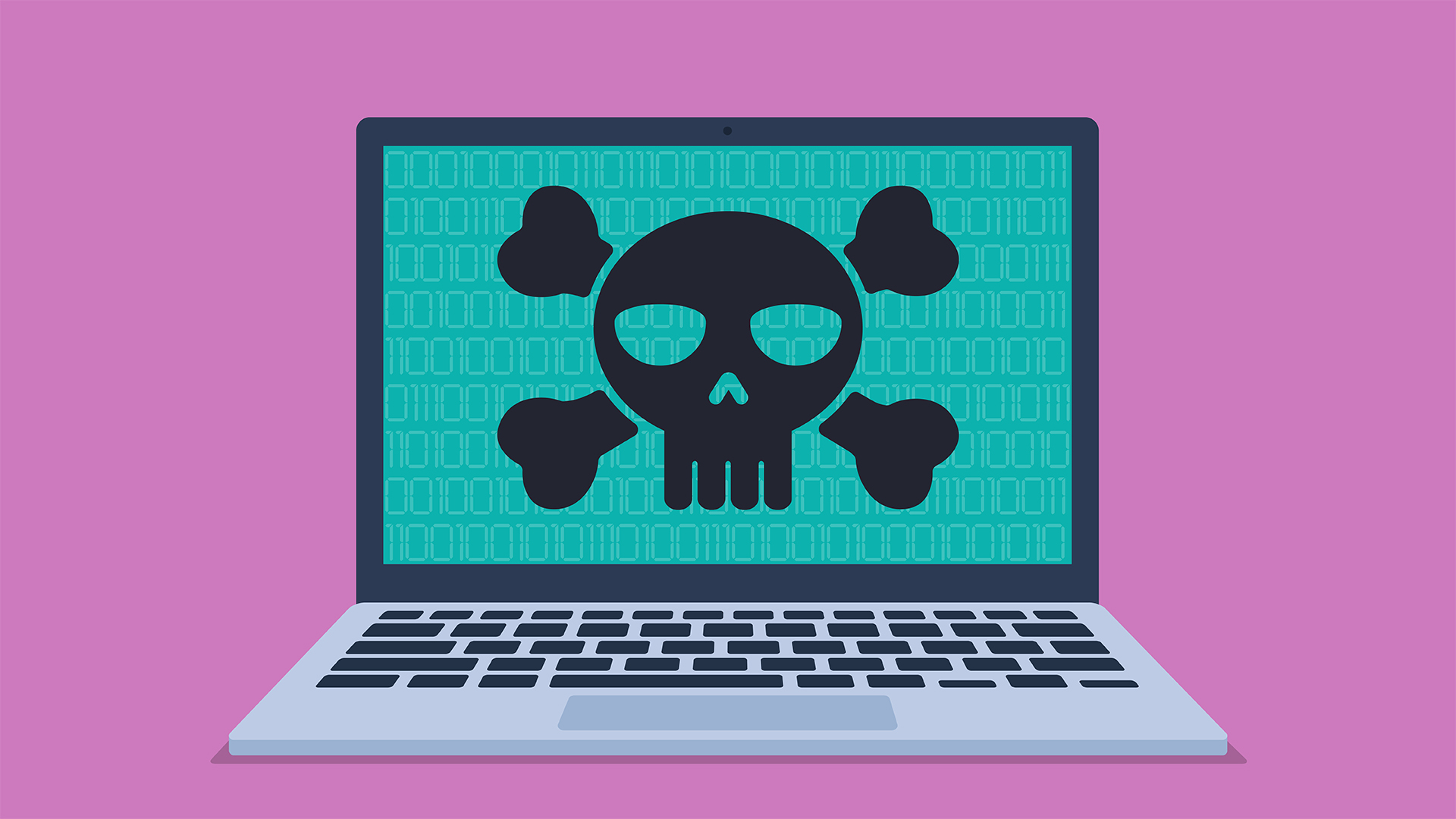Malicious URLs overtake email attachments as the biggest malware threat
With malware threats surging, research from Proofpoint highlights the increasing use of off-the-shelf 'phish kits' like CoGUI and Darcula


There's been a sharp rise in the number of phishing and URL-based attacks over the last year, with malicious URLs now being used four-times as often as attachments in email threats.
Malicious links are embedded in messages, buttons, and even within attachments like PDFs or Word documents to entice clicks that initiate credential phishing or malware downloads.
According to a new report from Proofpoint, researchers observed around 3.7 billion URL-based threats over a six month period, highlighting the growing scale of the problem.
Only 8.3 million of these threats were intended to deliver malware, however, with the most frequently-observed payloads in URL-based campaigns being remote monitoring and management (RMM) tools and remote access software (RAS).
These attacks are getting increasingly difficult for users to identify, Proofpoint noted, with cyber criminals now using advanced social engineering techniques and AI-generated content to create their malicious URLs.
Not only are they impersonating trusted brands, but also abusing legitimate services, tricking users with fake error prompts and bypassing traditional security by embedding threats in QR codes and SMS messages.
"URL-based phishing threats are no longer confined to the inbox, they can be carried out anywhere and are often extremely difficult for people to identify,” said Selena Larson, senior threat intelligence analyst at Proofpoint.
Sign up today and you will receive a free copy of our Future Focus 2025 report - the leading guidance on AI, cybersecurity and other IT challenges as per 700+ senior executives
New techniques are paying off for hackers
Some of the URL-based credential phishing campaigns with the highest volumes in the past 12 months have been facilitated by off-the-shelf 'phish kits' like CoGUI and Darcula.
CoGUI is primarily used by Chinese-speaking threat actors, according to Proofpoint. These high-volume campaigns typically include message counts ranging from the hundreds of thousands to tens of millions at a time, and are mainly used to steal personal details such as credit card numbers.
Meanwhile, ClickFix malware campaigns - a phishing technique that lures users into running malicious code by displaying fake error messages or CAPTCHA screens - are up by nearly 400% year-over-year.
Malware operators are exploiting the urge to resolve a perceived technical issue, helping them spread remote access trojans (RATs), infostealers and loaders.
QR code and smishing threats are rising
Proofpoint also identified more than 4.2 million QR code phishing threats in the first half of 2025 alone. In these cases, the main aim of attackers is credential phishing, with 3.7 billion URL-based attacks aimed at stealing logins.
With phishing lures that impersonate trusted brands and use off-the-shelf tools such as CoGUI and Darcula phish kits, Proofpoint said even low-skilled actors can deploy highly convincing campaigns that bypass multi-factor authentication (MFA) and lead to full account takeover.
The number of smishing campaigns rocketed by 2,534%, as attackers shift their focus to mobile devices - at least 55% of suspected SMS-based phishing messages analyzed by the firm contained malicious URLs, often mimicking government communications or delivery services.
“From QR codes in emails and fake CAPTCHA pages to mobile-first smishing scams, attackers are weaponizing trusted platforms and familiar experiences to exploit human psychology," said Larson.
"Defending against these threats requires multi-layered, AI-powered detection and a human-centric security strategy.”
Make sure to follow ITPro on Google News to keep tabs on all our latest news, analysis, and reviews.
MORE FROM ITPRO
Emma Woollacott is a freelance journalist writing for publications including the BBC, Private Eye, Forbes, Raconteur and specialist technology titles.
-
 What the fragmentation of UC means for the channel
What the fragmentation of UC means for the channelIndustry Insights If communications are becoming fragmented, what does that mean for MSPs and VARs?
-
 How SMBs can DIY their IT implementation and support
How SMBs can DIY their IT implementation and supportFeature For some small and medium-sized businesses, the third-party expertise and support might be out of reach. What’s the alternative?
-
 Warning issued as surge in OAuth device code phishing leads to M365 account takeovers
Warning issued as surge in OAuth device code phishing leads to M365 account takeoversNews Successful attacks enable full M365 account access, opening the door to data theft, lateral movement, and persistent compromise
-
 NHS supplier DXS International confirms cyber attack – here’s what we know so far
NHS supplier DXS International confirms cyber attack – here’s what we know so farNews The NHS supplier says front-line clinical services are unaffected
-
 Complacent Gen Z and Millennial workers are more likely to be duped by social engineering attacks
Complacent Gen Z and Millennial workers are more likely to be duped by social engineering attacksNews Overconfidence and a lack of security training are putting organizations at risk
-
 LastPass hit with ICO fine after 2022 data breach exposed 1.6 million users – here’s how the incident unfolded
LastPass hit with ICO fine after 2022 data breach exposed 1.6 million users – here’s how the incident unfoldedNews The impact of the LastPass breach was felt by customers as late as December 2024
-
 Researchers claim Salt Typhoon masterminds learned their trade at Cisco Network Academy
Researchers claim Salt Typhoon masterminds learned their trade at Cisco Network AcademyNews The Salt Typhoon hacker group has targeted telecoms operators and US National Guard networks in recent years
-
 Trend Micro issues warning over rise of 'vibe crime' as cyber criminals turn to agentic AI to automate attacks
Trend Micro issues warning over rise of 'vibe crime' as cyber criminals turn to agentic AI to automate attacksNews Trend Micro is warning of a boom in 'vibe crime' - the use of agentic AI to support fully-automated cyber criminal operations and accelerate attacks.
-
 Cyber budget cuts are slowing down, but that doesn't mean there's light on the horizon for security teams
Cyber budget cuts are slowing down, but that doesn't mean there's light on the horizon for security teamsNews A new ISC2 survey indicates that both layoffs and budget cuts are on the decline
-
 NCSC issues urgent warning over growing AI prompt injection risks – here’s what you need to know
NCSC issues urgent warning over growing AI prompt injection risks – here’s what you need to knowNews Many organizations see prompt injection as just another version of SQL injection - but this is a mistake
